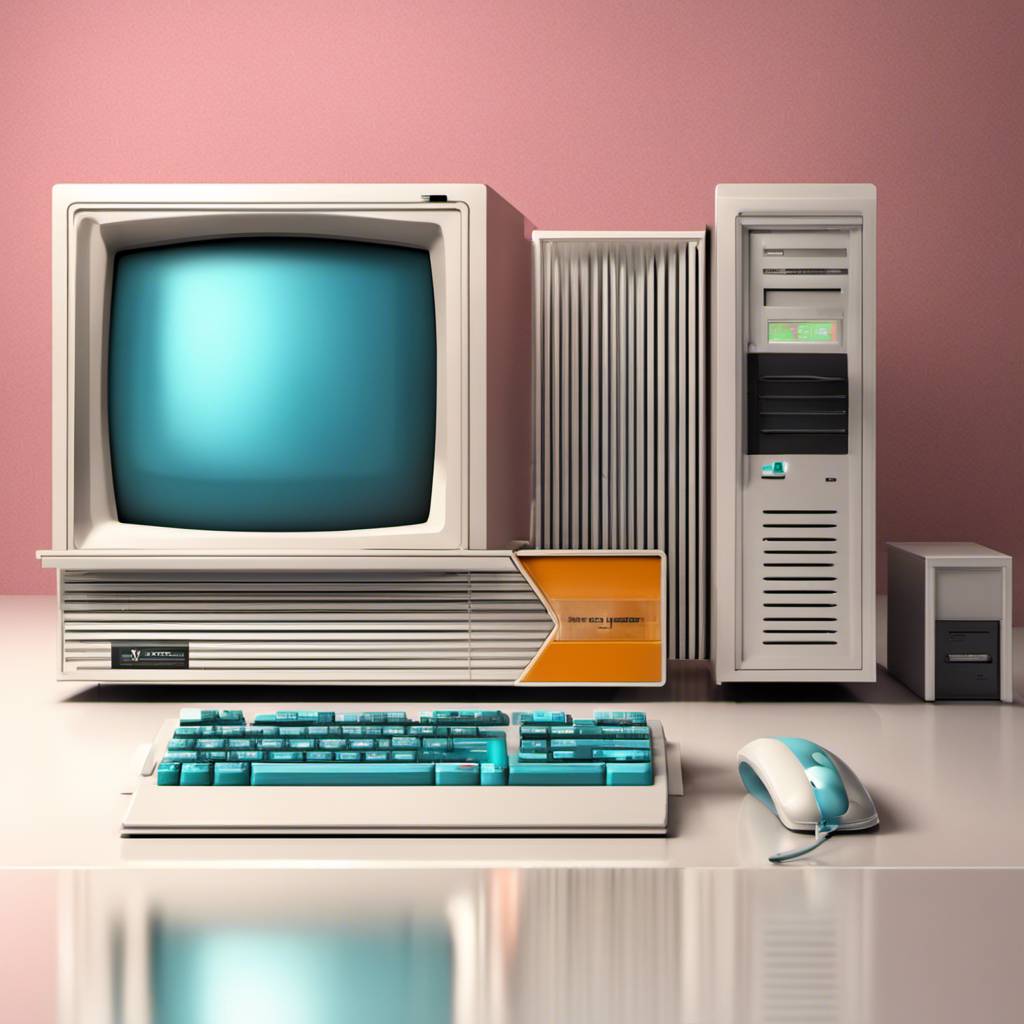
London’s Design Museum Revives Email’s Importance in New Exhibition
In the heart of London, the Design Museum recently unveiled a captivating exhibition that underscores the enduring importance of email in our lives. Aptly titled “Email Is Dead”, the showcase comprises a diverse array of emails, each with a unique tale to tell. From a casual recommendation of a fried-chicken shop for a date to the inception of Airbnb, the exhibition offers a fascinating glimpse into the role of emails in shaping our personal and professional lives.
The exhibition is a partnership with an email marketing company, yet it transcends the boundaries of marketing to delve into the profound impact of emails on our lives. The emails on display range from deeply personal exchanges to accidental mass messages, highlighting the unpredictable nature of this ubiquitous communication tool.
One poignant example is an email exchange between a young entrepreneur and his parents, expressing their love and pride for him. The significance of this email conversation took on a new meaning when he unexpectedly passed away the following day. Another instance is the infamous “Replyallpocalypse” at New York University, where a student’s reply to an administrative email inadvertently reached 40,000 other students, sparking an unexpected chain of responses.
The exhibition also features an email sent to Dan Angus, who had appeared as an expert TV pundit on Australia’s national evening news. A skin cancer specialist who saw the broadcast sent him an email warning that he appeared to have a dangerous melanoma. This unsolicited advice prompted Angus to seek a second opinion, ultimately saving his life.
The exhibition underscores the paradoxical nature of emails. While they can be a source of frustration for many office workers, they are also indispensable tools in our daily lives. Emails are like the cockroaches of computing – they have outlived many other communication platforms and continue to be an integral part of our digital lives.
The exhibition’s diverse collection of emails illustrates this perfectly. Every new email notification could bring life-changing news, a business opportunity, or even a life-saving piece of advice. Amidst the spam and mundane administrative updates, there could be an important message that could have serious implications if ignored.
This unpredictability is what makes emails so addictive. It’s akin to B.F Skinner’s experiment with rats, where he found that unpredictable food rewards were more motivating than predictable ones. Similarly, every time we check our inboxes, we’re hoping for a pleasant surprise or an exciting opportunity.
This unpredictability also poses a challenge for productivity. It’s crucial to determine the appropriate action for each email, which can range from immediate deletion to seeking legal counsel. The sheer volume and variety of emails can lead to a backlog, leaving many feeling overwhelmed.
In response to this, some people have migrated to instant messaging platforms like WhatsApp, while others, like author Cal Newport, maintain multiple email addresses to manage the influx of emails. However, these methods bring their own set of challenges.
For those in the Standing Desks / Office Health industry, it’s crucial to understand how to choose the best standing desk or the best sit stand desk to create an optimal work environment. An electric height adjustable standing desk can significantly enhance productivity and contribute to the health benefits of an electric stand up desk.
The “Email Is Dead” exhibition serves as a powerful reminder of the enduring relevance of emails in our lives. Whether it’s an ordinary update or a life-changing message, every email holds potential significance. As we navigate our digital lives, it’s essential to manage our inboxes effectively, much like how a TV lift seamlessly integrates technology into our living spaces. The exhibition is a testament to the resilience of emails, proving that they are far from dead.





